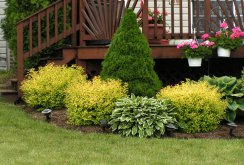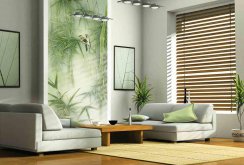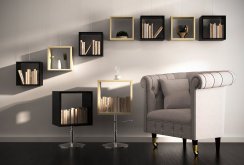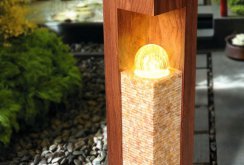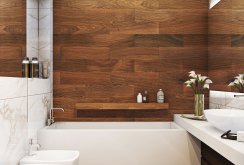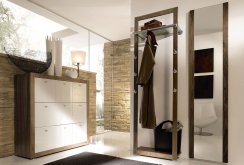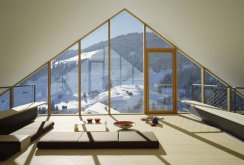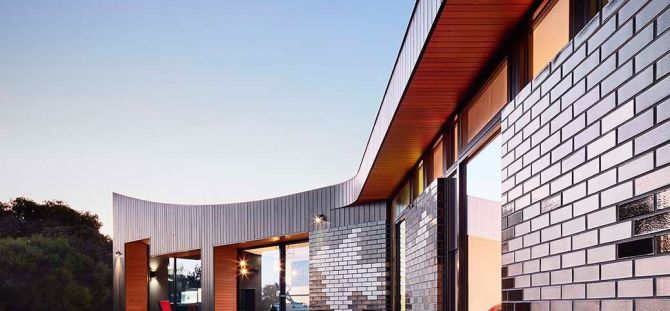 Types of tiles for the socle, their advantages and laying features (23 photos)
Types of tiles for the socle, their advantages and laying features (23 photos)
The basement is the lower part of the facade of the building, which needs protection from moisture and mechanical damage. For these purposes, one of the types of strong and durable tiles can be used.
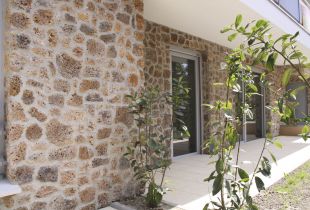 Facing stone in the exterior: natural motifs (25 photos)
Facing stone in the exterior: natural motifs (25 photos)
The popular use of stone for facing purposes is associated with a beautiful rich and unique appearance, but different materials have their own characteristics and characteristics.
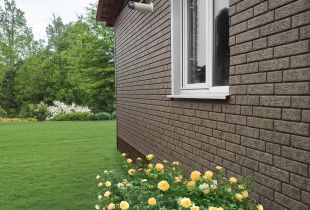 Brick siding in the design of the basement (24 photos)
Brick siding in the design of the basement (24 photos)
The similarity of basement siding with brickwork makes it widespread when cladding houses. The technical characteristics and appearance of the material make it possible to use it for finishing not only the base, but also ...
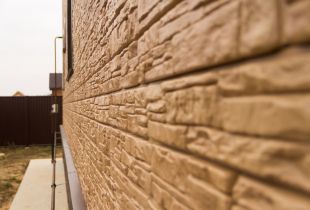 Basement siding: interesting design options (21 photos)
Basement siding: interesting design options (21 photos)
To finish the lower part of the facade of a country house, basement siding is increasingly used. Usually it imitates natural textures, which is especially popular with homeowners in nature.
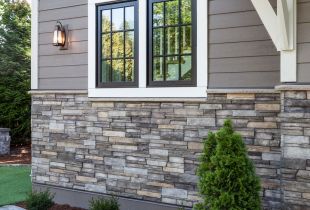 The use of basement siding under the stone (27 photos)
The use of basement siding under the stone (27 photos)
Stone basement siding is an alternative to natural material and is much cheaper in cost. Buildings, faced with siding, gain attractiveness and solidity.
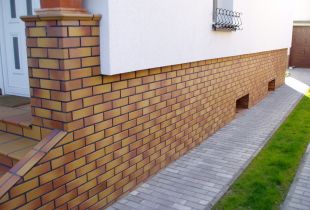 Basement finishing: materials, their advantages and disadvantages (22 photos)
Basement finishing: materials, their advantages and disadvantages (22 photos)
Finishing the base is not just a tribute to the desire to make the house more aesthetic. It also provides waterproofing, thermal insulation and greater strength of the entire structure.

 Facing stone in the exterior: natural motifs (25 photos)
Facing stone in the exterior: natural motifs (25 photos) Brick siding in the design of the basement (24 photos)
Brick siding in the design of the basement (24 photos) Basement siding: interesting design options (21 photos)
Basement siding: interesting design options (21 photos) The use of basement siding under the stone (27 photos)
The use of basement siding under the stone (27 photos) Basement finishing: materials, their advantages and disadvantages (22 photos)
Basement finishing: materials, their advantages and disadvantages (22 photos)